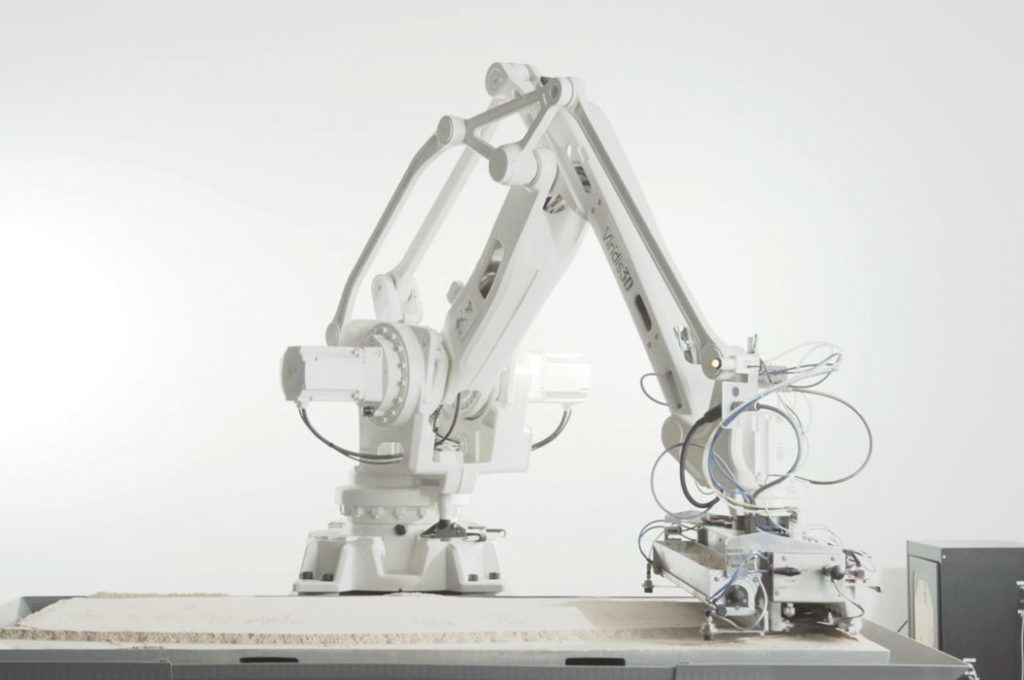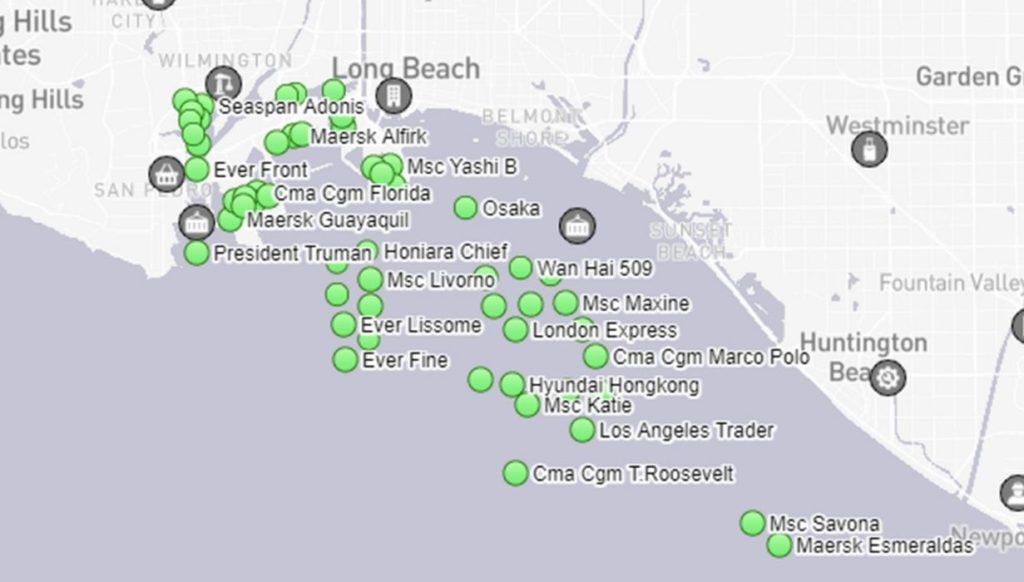
Charles Goulding and Joseph Castine look at how 3D printing technology might alleviate some of the current construction procurement challenges.
The state of supply chains in the U.S. is significantly slowed due to excessive port congestion due to labor shortages in manufacturing plants across the globe. In Louisiana and Texas there have been delays due to recent natural disasters and storms which have delayed the unloading of cargo ships.
These supply shortages are affecting the construction of new homes as the housing market surges.
Contractors and construction companies are looking for new or alternate sources for materials ranging from wood paneling and ceiling joists to pipes and insulation. Many companies are moving towards utilizing alternatives rather than waiting for supply relief, which often adds cost to projects.
President of Straub Construction, Parker Young mentioned that earlier this year Straub Construction switched insulation materials due to storms in Texas earlier this year, which added about US$20,000 for two apartment building projects, which otherwise would have had 5-month delays due to the shortages. He was quoted saying, “I’ve been in the industry for 30 years and never seen anything like this.”
According to a survey by the National Association of Home Builders, 90% of respondents reported shortages of appliances, framing lumber and engineered wood (oriented strand board), another 90% reported shortages of plywood, while yet another 87% reported shortages of windows and doors.

These market shortages pose unique opportunities for the additive manufacturing industries. In particular with advancements in both organic and plastic filaments, these supply lines could be bridged.
Desktop Metal, one of the leaders in 3D evolution into metal filaments recently partnered with Forust. Forust is a sustainable 3D printing company focusing on the development of organic materials, specifically wood fibers. More specifically Forust’s formulation makes use of waste products from woods and papers, those being lignin and cellulose dust (sawdust). Their 3D printers then utilize a technology that deposits a binding agent over a powder layer (in this case sawdust and lignin) of material in a layer-by-layer fashion until the part is completed.
Not only could this provide useful in the replacement of engineered woods like oriented strand board, but it also provides a new opportunity for industries to partake in circular economies by recycling wood materials.
Additional advancements in 3D technology have facilitated the production of several alternative types of plumbing fixtures including valves and pumps that can be produced from 3D methods. Traditionally several components in home and commercial plumbing systems have been made from plastics including waste pipes which have historically been made of ABS or acrylonitrile butadiene styrene plastics. ABS is a strong material that is very affordable and easily shaped which is very beneficial for use in 3D printing applications. Plumbing fixtures are often designed with either 90- or 45-degree bends which can create some turbulence in fluid flow, decreasing the overall efficiency of fluid movement. If these fixtures are 3D printed, complex geometries could be utilized to mitigate these flow inefficiencies while also decreasing costs.
Other vital pieces for constructions projects like steel bar joists or zig-zagging metal trusses in ceilings have also become harder to procure. This has led many construction companies to look towards alternatives such as concrete planks. One company, SIKA AG a Swiss multinational specialty chemical company has begun to work on developments into the 3D space which could prove beneficial during these times of supply line strain. Currently, the company is the leader in concrete 3D printing technologies. Their printers utilize a specific polymer called Lavacrete which can be locally sourced from materials the job sites with zero-waste products. This may be a worthwhile alternative to traditionally implemented concrete planks offering lower costs and decreased environmental impact.
Companies engaging in 3D printing advancements or experimentation with 3D printing technology may be eligible for the R&D Tax Credit.
The Research & Development Tax Credit
The now permanent Research and Development (R&D) Tax Credit is available for companies developing new or improved products, processes and/or software.
3D printing can help boost a company’s R&D Tax Credits. Wages for technical employees creating, testing and revising 3D printed prototypes can be included as a percentage of eligible time spent for the R&D Tax Credit. Similarly, when used as a method of improving a process, time spent integrating 3D printing hardware and software counts as an eligible activity. Lastly, when used for modeling and preproduction, the costs of filaments consumed during the development process may also be recovered.
Whether it is used for creating and testing prototypes or for final production, 3D printing is a great indicator that R&D Credit eligible activities are taking place. Companies implementing this technology at any point should consider taking advantage of R&D Tax Credits.
Conclusion
As supply lines continue to be strained due to the rise in housing markets and port congestion across the globe, it may be beneficial for construction companies to look into alternate sources of materials via 3D printing. Not only do these materials provide cost-efficient alternatives they are also in many cases more environmentally conscious choices. In turn, the timeline of construction could be greatly decreased while also loosening the demand on some of these supply constrained goods.

